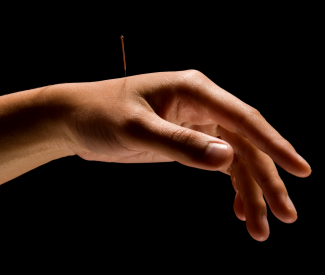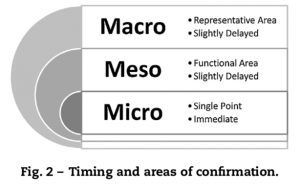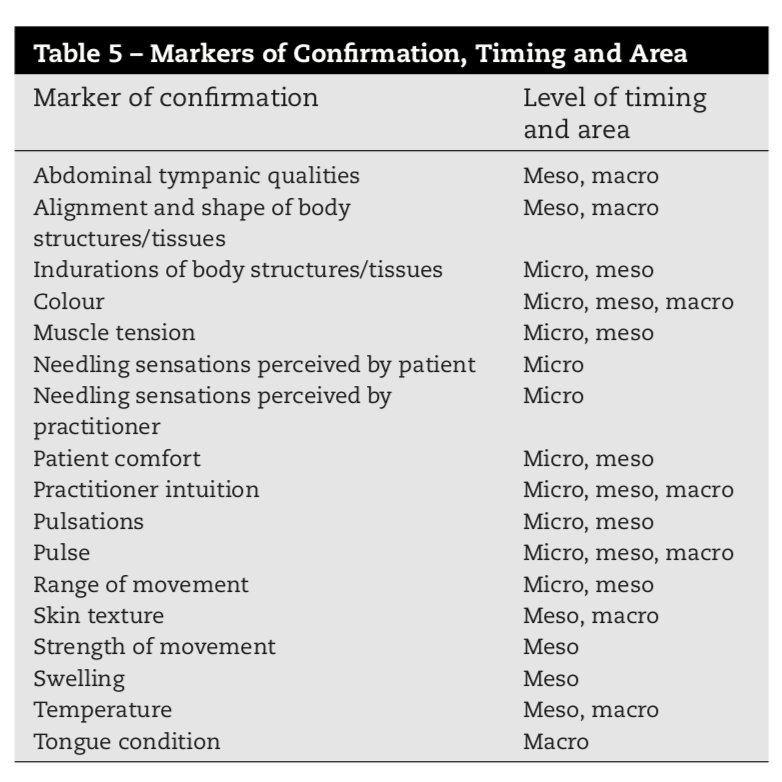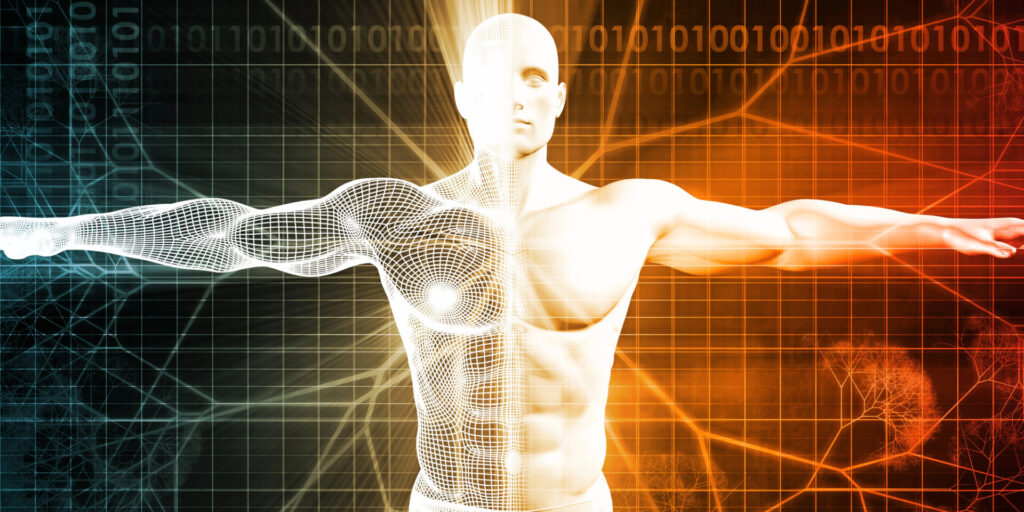 Japanese acupuncture is gaining international recognition. However, previous research has not adequately and comprehensively described the characteristics of Japanese acupuncture because the studies were not investigated within the Japanese clinical environment. This one-of-a-kind qualitative ethnographic study identifies unique and routine elements of Japanese acupuncture, describes these in detail and examines how they relate to treatment principles. In this study, published in Integrative Medicine Research, researchers observed 22 Japanese acupuncture clinicians in 221 treatments with 172 patients.
Japanese acupuncture is gaining international recognition. However, previous research has not adequately and comprehensively described the characteristics of Japanese acupuncture because the studies were not investigated within the Japanese clinical environment. This one-of-a-kind qualitative ethnographic study identifies unique and routine elements of Japanese acupuncture, describes these in detail and examines how they relate to treatment principles. In this study, published in Integrative Medicine Research, researchers observed 22 Japanese acupuncture clinicians in 221 treatments with 172 patients.
Japanese acupuncture is unique in its emphasis on continuous confirmation between practitioner and  patient throughout treatment at three different levels of timing and anatomical areas of micro, meso and macro (see Figure 2). This type of confirmation practice protocol gives the practitioner an immediate indication of the efficacy of the treatment. “Continually monitoring treatment results at a range of time and body location increments is an important element of Japanese acupuncture,” the researchers noted.
patient throughout treatment at three different levels of timing and anatomical areas of micro, meso and macro (see Figure 2). This type of confirmation practice protocol gives the practitioner an immediate indication of the efficacy of the treatment. “Continually monitoring treatment results at a range of time and body location increments is an important element of Japanese acupuncture,” the researchers noted.
This effect confirmation practice model promotes a system of constant feedback gained by repeated intervention and confirmation. This may be a unique feature of Japanese acupuncture.
In this full text, early release Japanese Acupuncture study, you will learn the following:
- Five major themes were identified: treatment tools, preintervention preparation, needling, moxibustion and confirmation of treatment effects.
- Confirming treatment effects: establishing the results of an intervention at a specific treatment location, or by a measure believed to be significant and representative of the patient’s general condition. Two sub-themes related to the confirmation of treatment effects were interpreted from the data: timing and area markers of confirmation. See image below.
- Confirmation on three levels: micro, meso and macro. These divisions represent the procedural timing and scale of confirmation over a treatment area.
- Methods for confirming the effects of treatment included inquiry, observation, palpation, listening/smelling and esoteric methods.
- This study highlights the importance of future research focused on how the immediate confirmation of treatment effects may affect clinical efficiency and increase the rate of practitioner experience.
Source: Chant B, et al. The confirmation of treatment effects in Japanese acupuncture. Integrative Medicine Research, August 2018.
To gain access to this article and the rest of our extensive database of full-text articles, please register below or log in here.






